Description
How did Westward Expansion impact the United States? Help your students learn this content with a Google Slides™ activity and game designed for distance learning.
In this resource you will receive:
-a vocabulary game on Boom Learning™,
–readings on Manifest Destiny, Louisiana Purchase, Lewis and Clark Expedition, Florida Cession, Texas Annexation, Mexican War and Cession, Gadsden Purchase, Oregon Treaty and Trails West, and the California Gold Rush,
-primary source and image analysis questions on Louisiana Purchase, Lewis and Clark Expedition, Florida Cession, Texas Annexation, Mexican War and Cession, and the California Gold Rush,
-graphically organized cartoon notes to engage your students, and
-a variety of formative assessments.
⭐Would you like to see more details? Download the preview.
2019 TEKS for 8th Grade US History
(1) History. The student understands traditional historical points of reference in U.S. history through 1877. The student is expected to:
(A) identify the major eras in U.S. history through 1877, including colonization, revolution, creation and ratification of the Constitution, early republic, the Age of Jackson, westward expansion, reform movements, sectionalism, Civil War, and Reconstruction, and describe their causes and effects; and
(B) explain the significance of the following dates: 1607, founding of Jamestown; 1620, arrival of the Pilgrims and signing of the Mayflower Compact; 1776, adoption of the Declaration of Independence; 1787, writing of the U.S. Constitution; 1803, Louisiana Purchase; and 1861-1865, Civil War.
(6) History. The student understands westward expansion and its effects on the political, economic, and social development of the nation. The student is expected to:
(B) analyze the westward growth of the nation, including the Louisiana Purchase and Manifest Destiny; and
(C) explain the causes and effects of the U.S.-Mexican War and their impact on the United States.
(7) History. The student understands how political, economic, and social factors led to the growth of sectionalism and the Civil War. The student is expected to:
(B) compare the effects of political, economic, and social factors on slaves and free blacks;
(C) analyze the impact of slavery on different sections of the United States; and
(29) Social studies skills. The student applies critical-thinking skills to organize and use information acquired through established research methodologies from a variety of valid sources, including technology. The student is expected to:
(A) differentiate between, locate, and use valid primary and secondary sources such as media and news services, biographies, interviews, and artifacts to acquire information about the United States;
(B) analyze information by applying absolute and relative chronology through sequencing, categorizing, identifying cause-and-effect relationships, comparing, contrasting, finding the main idea, summarizing, making generalizations and predictions, and drawing inferences and conclusions;
© 2021 Social Studies Success, LLC. This purchase is for you and your classroom. Duplication for an entire school, an entire school system, or for commercial purposes is strictly forbidden. Please have other teachers purchase their own copy. If you are a school or district interested in purchasing several licenses, please contact me for a district-wide quote. Do not share this document with Amazon Inspire.
Please review all product descriptions and previews. If you have a question, contact me before you purchase at SocialStudiesSuccess1@gmail.com. As this is a digital product, all sales are final.
❤️ Dawn


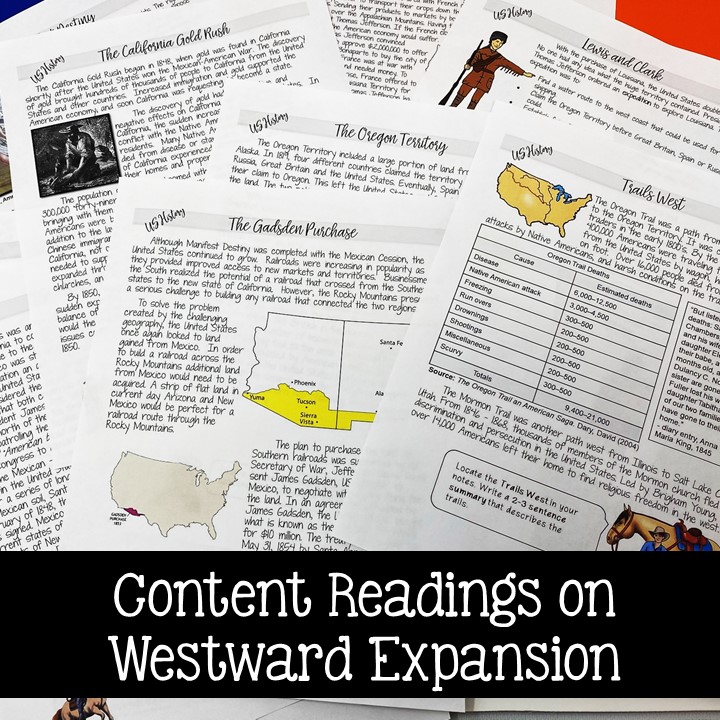
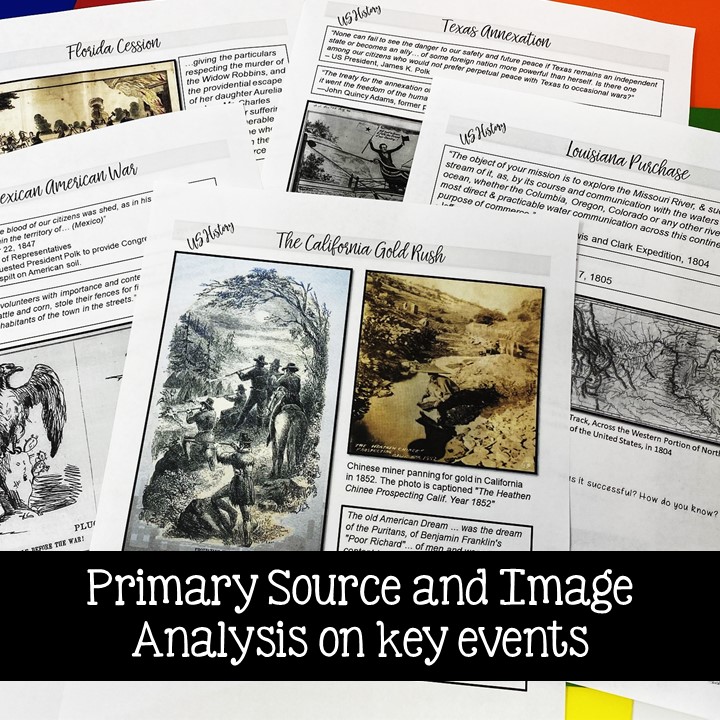
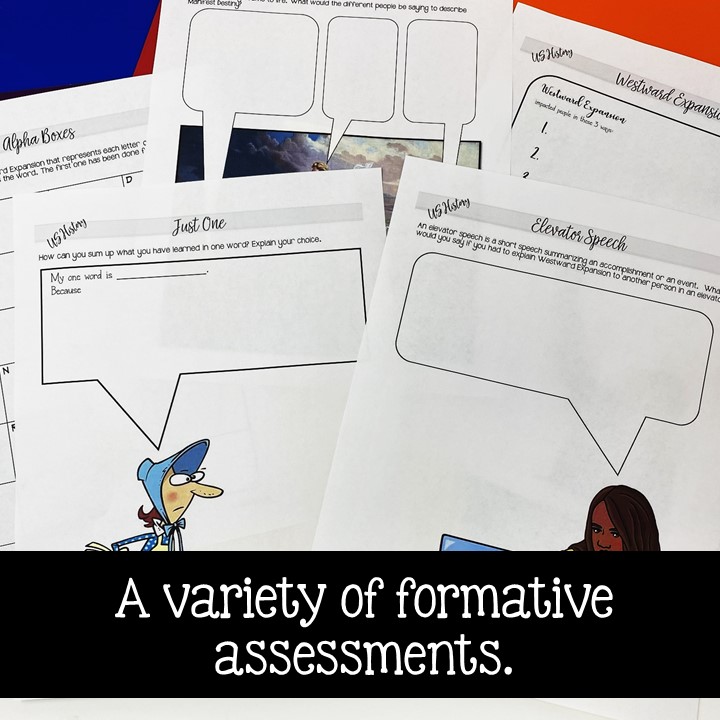
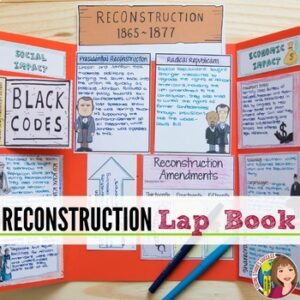
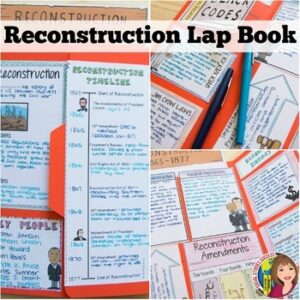
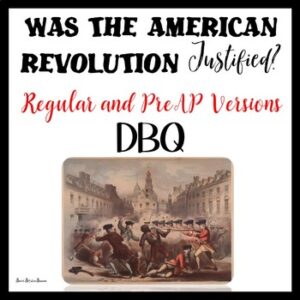
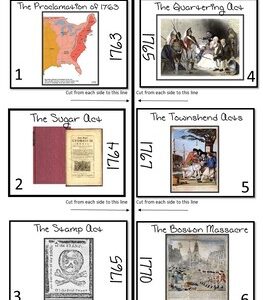
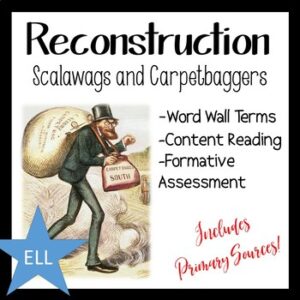
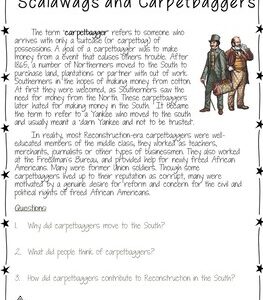
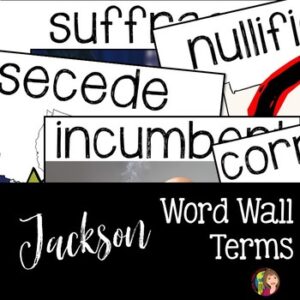
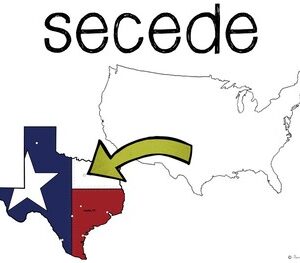
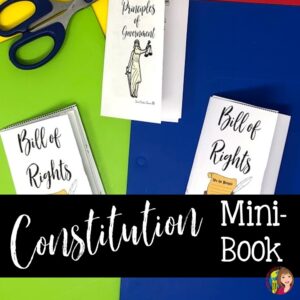

Reviews
There are no reviews yet.